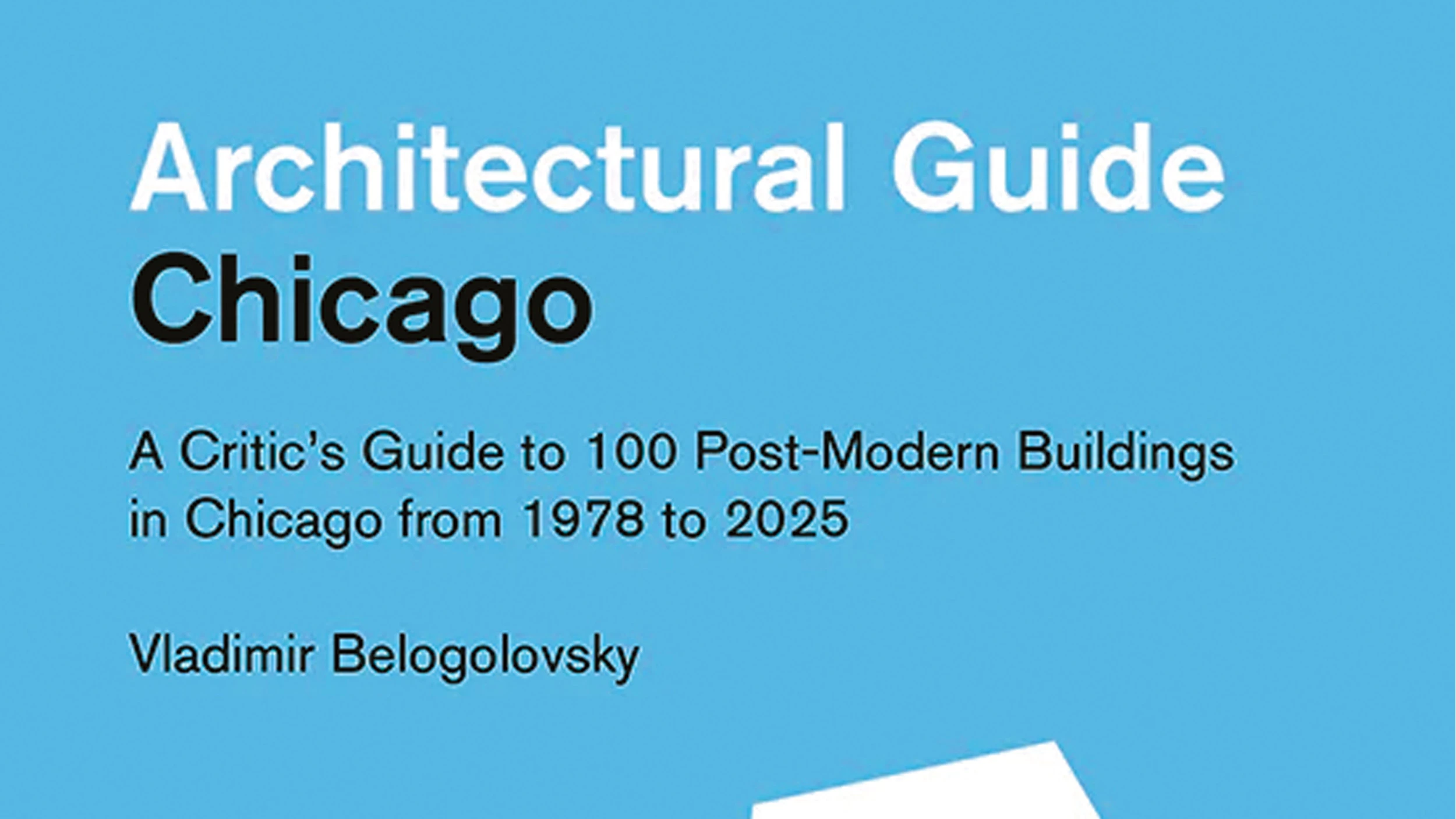
There are many Chicagos besides that of the postcard picture: the rough Chicago of meatpacking that Sandburg lyricized, the sordid Chicago of gangsters that Algren novelized, the marginal Chicago of Chicanos where Sandra Cisneros grew up. The same goes for its architecture: although the Windy City is a mecca of the discipline, Chicagos abound beyond Sullivan’s office buildings, Wright’s houses, and Mies’s prisms, and some are described by Belogolovsky in the travelogue put together for DOM.
Although the guidebooks publisher has covered over 100 cities, it doesn’t hide its preference for places and buildings outside the canon, which explains why it had never included the great urb in its architectural tours. So it is that the Ukraine-born critic decided to limit Chicago’s heroic period to the introduction, and start the real story in 1978, when Tigerman created The Titanic, the photomontage where a sinking Crown Hall confirms the rupture with Miesian tradition and foresees interest in other approaches.
From the library Tigerman finished the same time as his collage to the Obama Presidential Center that Williams/Tsien will finish in 2025, the guide features 100 buildings that are ‘postmodern’ not in the Venturi or Johnson way but in the literal sense: after modern. Accompanied by interviews with 6 local architects, the list is enriched with detailed annotations and well-chosen photos. Though not all the images are recent, they show other Chicagos where Sinatra would still croon “you’ll lose the blues.”







